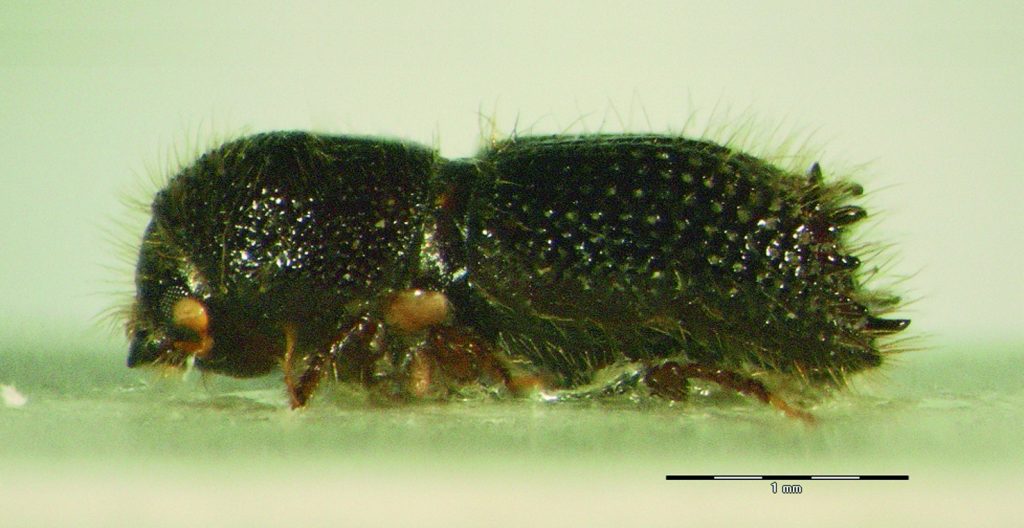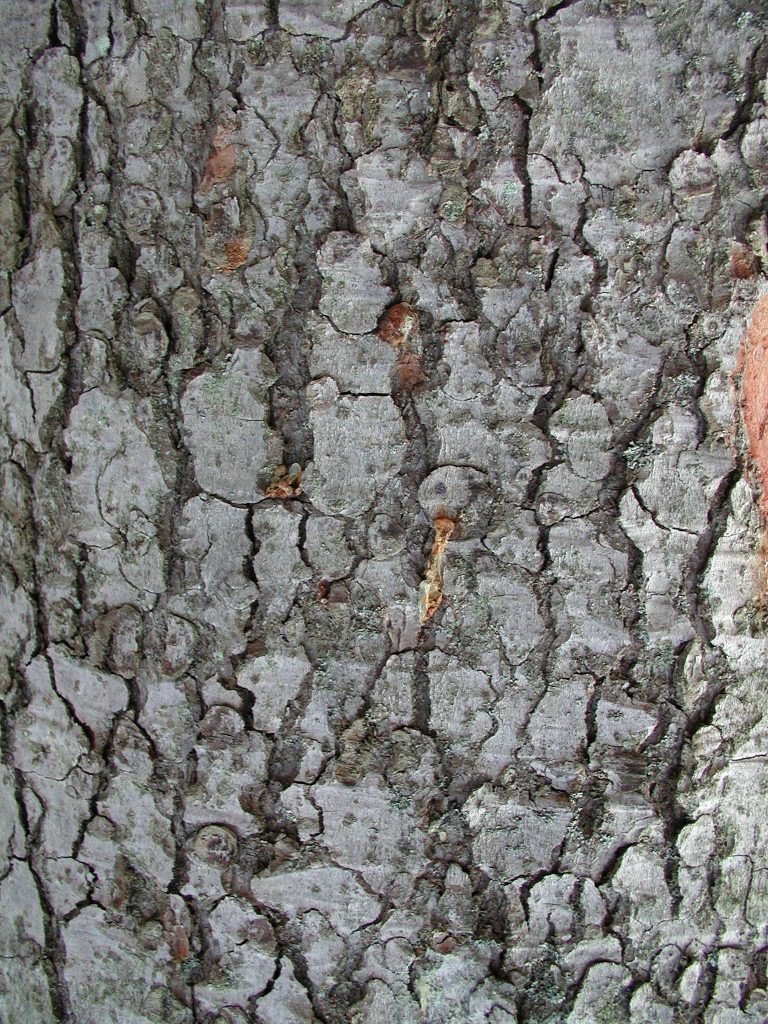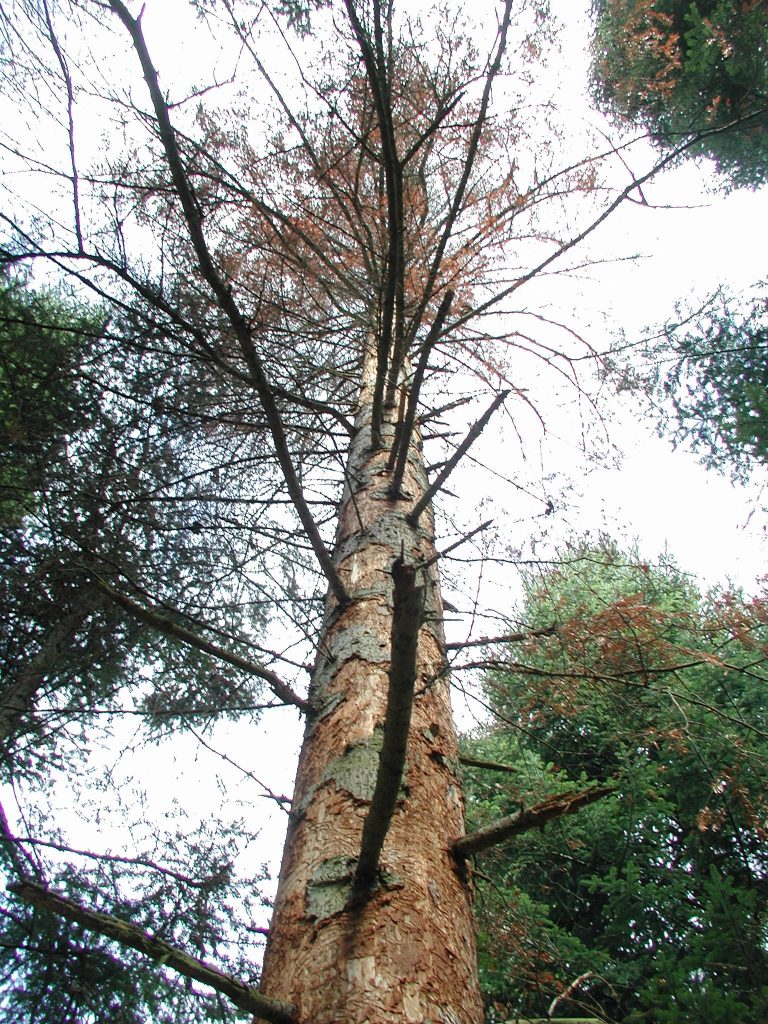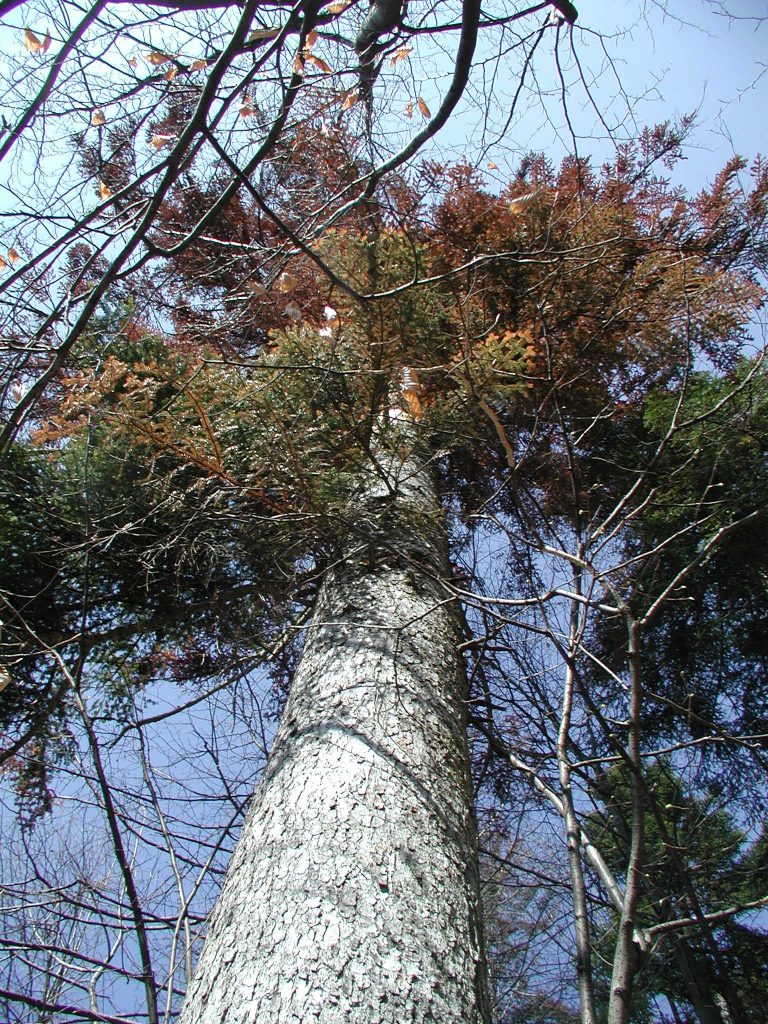31.01. Pityokteines curvidens (Germar, 1824)
Presence
E: AU BE BH BU BY CR CT CZ FR GE GR HU IT LA LT LU MC NT PL PT RO SK SL SP ST SZ UK YU
A: ES JA TR
AFR
NTR
Figure 143: Pityokteines curvidens, dorsal, lateral (Photo: Maja Jurc)
Older catalogs and keys – citations of name
Siegel 1866: Bostrychus curvidens Germ.; Grüne 1979: Pityokteines curvidens Germar, 1825; Freude, Harde, Lohse 1981: Pityokteines curvidens Germar; Titovšek 1988: Pityokteines curvidens (Germar); Pfeffer & Knížek 1993: P. curvidens (Germar, 1824); Pfeffer 1995: P. curvidens (Germar, 1824).
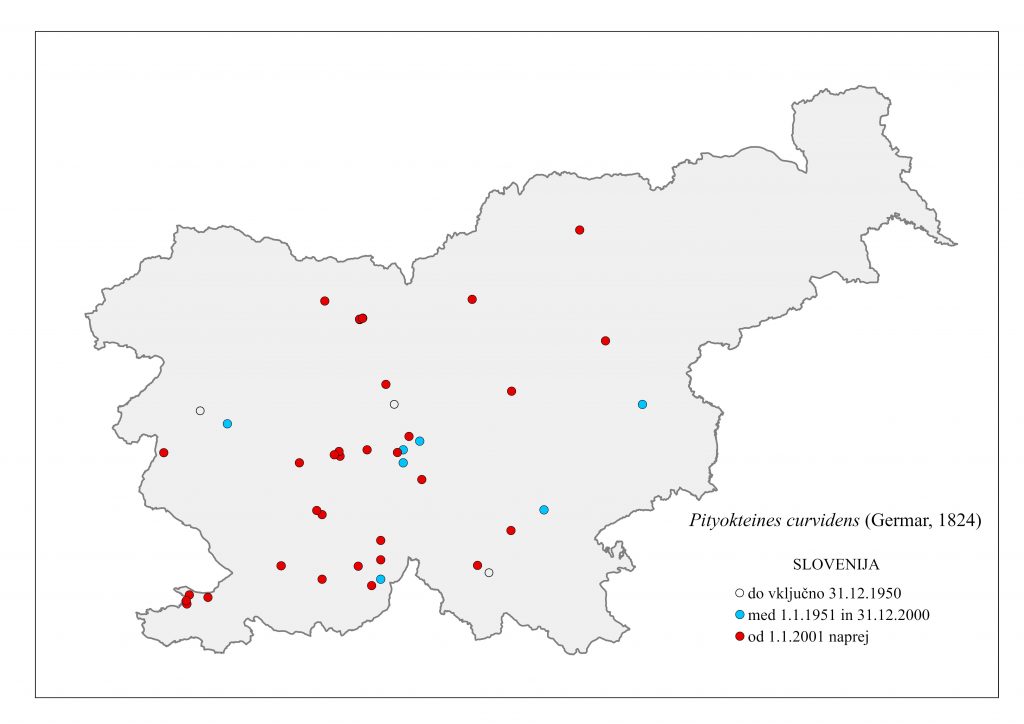
Figure 144: Pityokteines curvidens, distribution map according to historical and recent data
Ecology and presence in Slovenia
The species is distributed in the fir range in central and southern Europe, from the Pyrenees to the Caucasus, Corsica, the Balkans, Asia Minor, Japan, the Afrotropics and the Neotropics. Siegel (1866) states that the species was “occasionally common in Carniola, in fir trees”. In Slovenia, the species is common wherever fir trees flourish, but is absent in the NE part of the country (Figure 144). Hosts are mainly Abies alba, A. cephalonica, A. nordmanniana, A. borisii-regis, A. bornmülleriana, A. cilicica, A. firma and A. sachalinensis, less frequently Picea abies, P. orientalis, Larix decidua and Pinus sylvestris. In Slovenia it is found exclusively on A. alba. Numerous records in traps set in pure stands of Pinus sylvestris (Brdo pri Kranju) are due to effective attraction of pheromones. It develops two generations per year, swarming in April and August. It breeds on the thick-bark parts of the tree. The tunnel system is transversely star-shaped, the number of maternal galleries may vary, but most often there are four, forming an inverted ‘H’, with 4 maternal galleries (=double double-arched transversal system). Adult length is 2.5-3.2 mm. The elytra fall abruptly to the posterior sternite (ventral plate) at the end. Males have three larger and two smaller denticles on each side of the elytra apex. The first larger (sutural) denticle is vertical, the second protrudes backwards and curves downwards, and the third is almost horizontal. Between the second and third major denticles are the two minor denticles. Females have only small conical protrusions on the elytra apex instead of denticles, and a brush of dense, long, yellow hairs on the forehead and anterior part of the neck shield (Figure 143). Young sexually mature beetles overwinter in the trunks of healthy fir trees, making the species both secondary and primary. In Slovene territory it often occurs together with Cryphalus piceae and is a major threat to fir forests. Pheromone: [S]-(-)-Ipsenol (Harring, Candace et al. 1975; Harring, Candace 1978).


